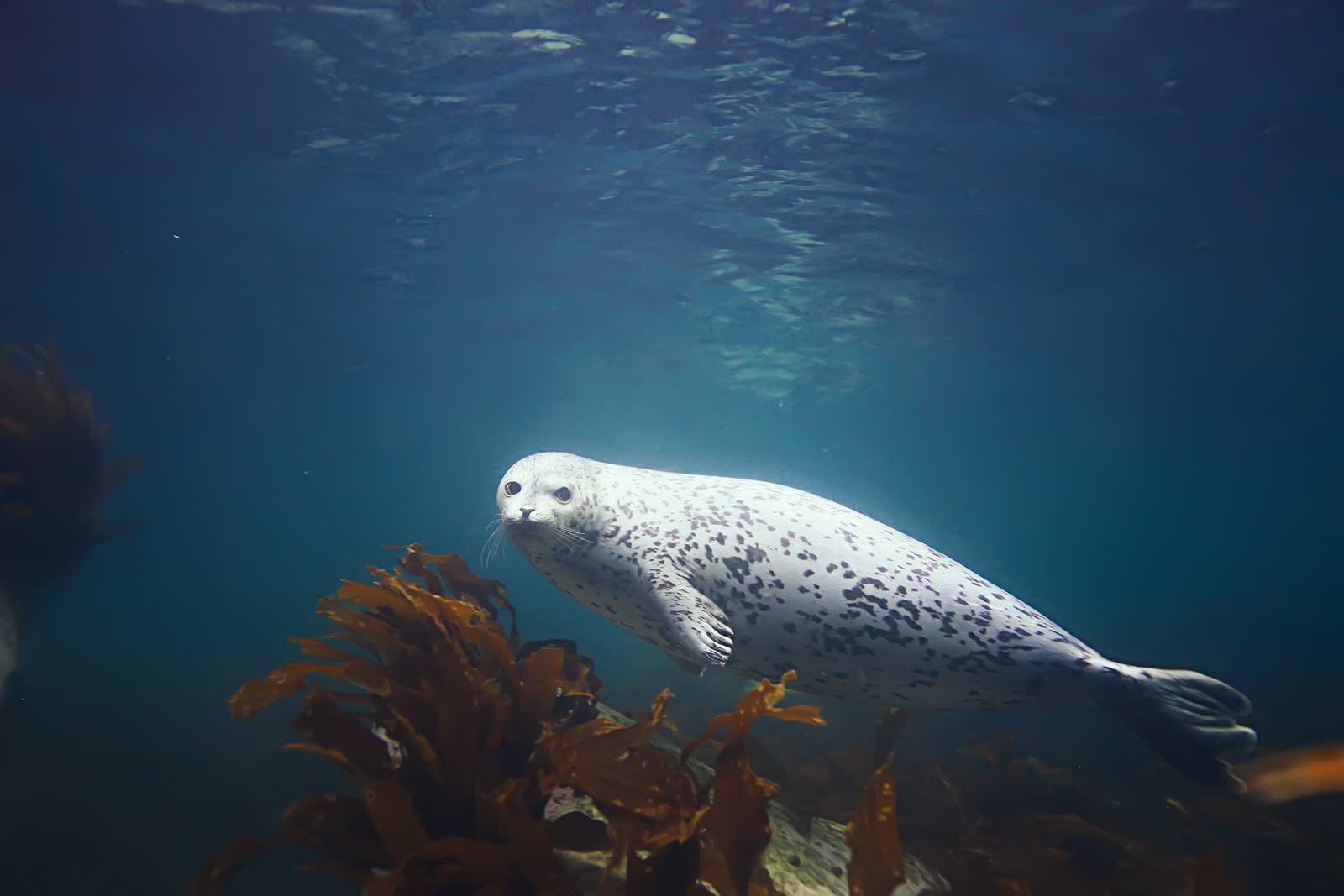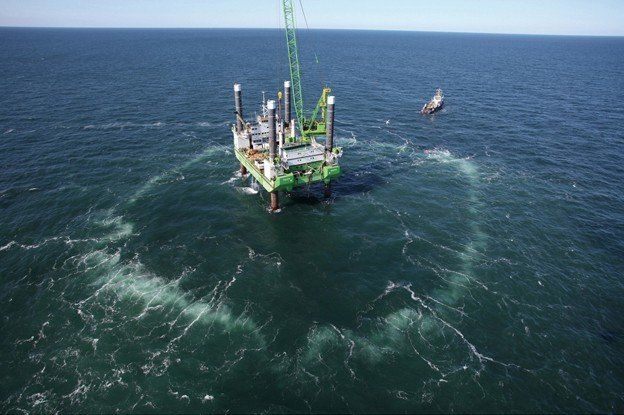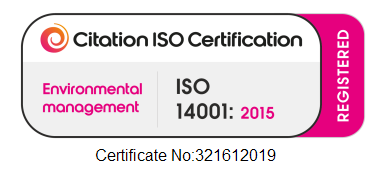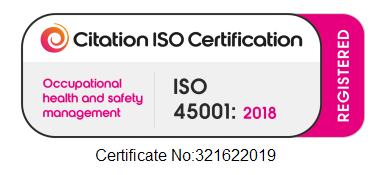Blog
Work with Us
From all of us at Subacoustech Environmental, we hope everyone reading this, their friends and family are well. Following recent government guidelines, like many other companies, we have closed our offices. However, we are very well equipped to continue with most of our normal activities, including modelling, consultancy, data analysis and quotations. Please continue to get in touch with us by email, phone or our contact form and we will respond as quickly as possible. We wish you all the best for the next few weeks and months. Sam, Tim and the team at Subacoustech Environmental.

March 2019 saw the publication of new marine mammal exposure criteria from Southall et al. The paper utilises research from the NMFS (2018) study that introduced the weightings and criteria that we and the underwater noise industry currently use. After thoroughly analysing the new report we found that the weightings and criteria presented in Southall’s paper are actually identical to those from NMFS, with a one minor difference; the naming of the marine mammal groupings. The four main groups that we used from the NMFS paper were low-frequency cetaceans (LF), mid-frequency cetaceans (MF), high-frequency cetaceans (HF), and phocid pinnipeds in water (PW). Southall keeps the same frequency responses but renames these same four groups, respectively, to be low-frequency cetaceans (LF), high-frequency cetaceans (HF), very high-frequency cetaceans (VHF) and phocid carnivores in water (PCW). All of Subacoustech’s upcoming modelling and reporting will utilise the new Southall naming convention for these criteria. References: • Southall B L, Finneran J J, Reichmuth C, Nachtigall P E, Ketten D R, Bowles A E, Ellison W T, Nowacek D P, Tyack P L (2019). Marine Mammal Noise Exposure Criteria: Updated Scientific Recommendations for Residual Hearing Effects. Aquatic Mammals 2019, 45(2), 125-232, DOI 10.1578/AM.45.2.2019.125. • National Marine Fisheries Service (NMFS) (2018). 2018 Revisions to: Technical guidance for Assessing the Effects of Anthropogenic Sound on Marine Mammal Hearing (Version 2.0): Underwater Thresholds for Onset of Permanent and Temporary Threshold Shifts. U.S. Dept. of Commer., NOAA. NOAA Technical Memorandu, NMFS-OPR-59. Link: https://www.aquaticmammalsjournal.org/index.php?option=com_content&view=article&id=1886:mari...

On 10th June 2019, we moved into our new home in Southampton. For much of our history, Subacoustech Environmental has been based in rural Bishops Waltham which was an idyllic location in close proximity to excellent coffee shops was idyllic. However, we had limited space to grow and equipment storage was increasingly problematic. Our new home, close to the River Itchen in Southampton, is a former warehouse from the Victorian era that has been refurbished to provide modern offices space with ample storage for our bulky measurement equipment. Our new contact details and phone number can be found here





